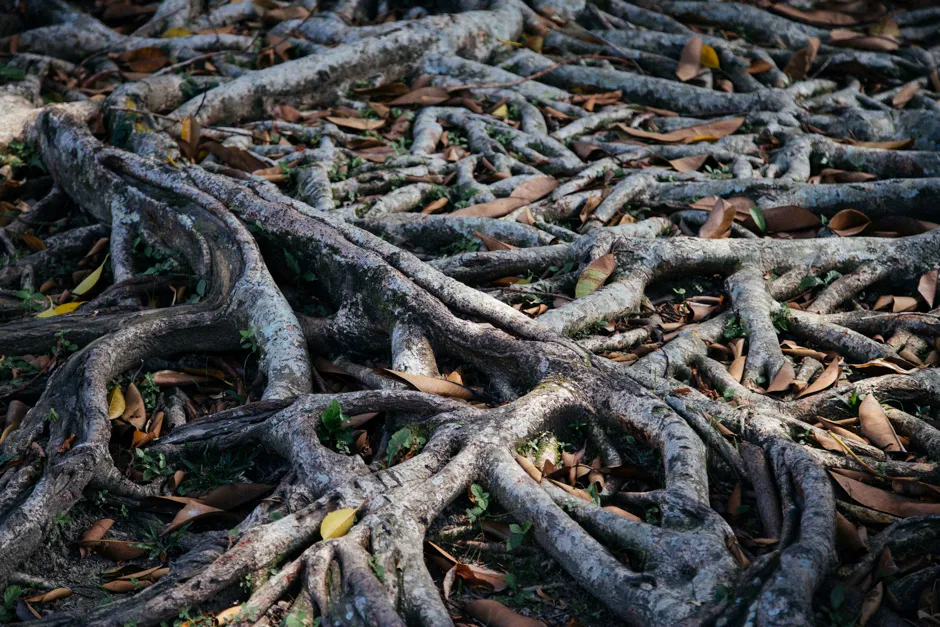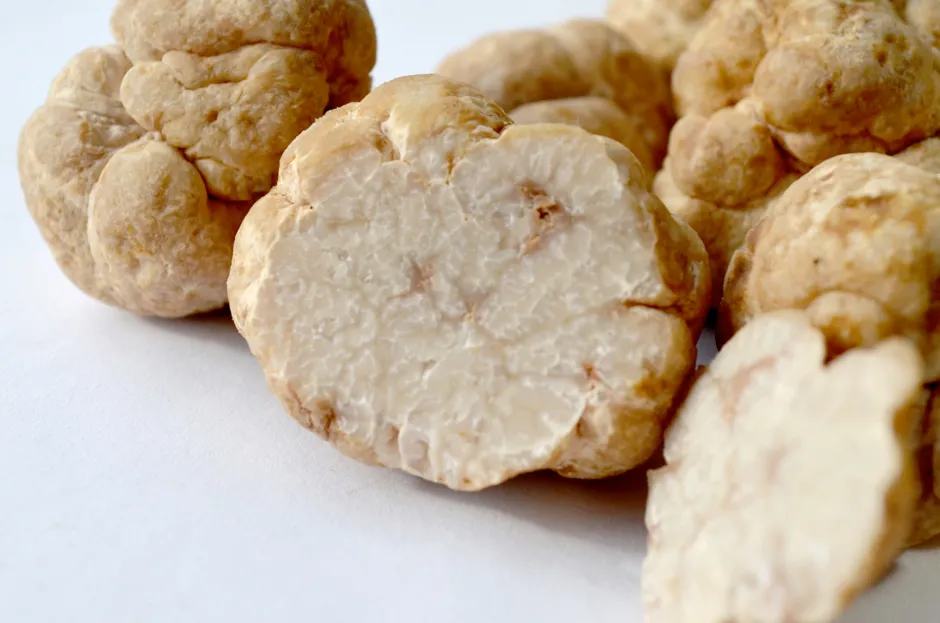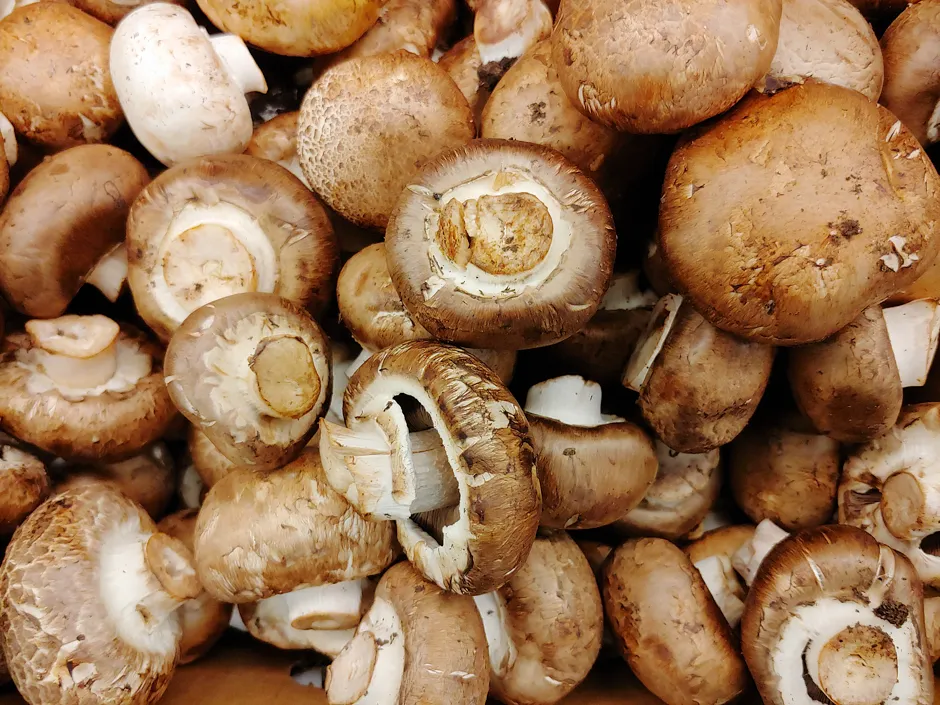Fungi are all around us. We use yeast in baking, mushrooms in our cooking, and have been treated with penicillin, but biologist Merlin Sheldrake says there is much more wonder to be found in understanding our fungal friends better.
We spoke to him for a recent episode of theScience Focus Podcast. Here's five fascinating facts we learned from the conversation.
1
Fungi are an ancient kingdom
“At the moment, the best estimates for how old the fungal kingdom is are just over a billion years. But that keeps changing, you know, when new fossil evidence or a new analysis of the genetics comes to light.
“There's a finding from 2.4 billion years ago in lava of fossil organisms who look just like fungi. They have the same branched mycelium structure.
“This is a contentious finding because it would suggest that fungi had arisen many times earlier than what we currently think. But whether they are actual fungi or just a different kind of mycelial organism is in dispute.”
2
Fungi were plants’ root systems when plants couldn’t grow their own
“Fungi have symbiotic relationships with plants, which almost all plants depend on. These symbiotic fungi live in the plant’s roots and lace out into the soil, supplying the plant with nutrients and also protecting the plant from disease.
“The plant, in exchange, feeds the fungi with energy-containing compounds that it has made in photosynthesis. So, sugars or lipids, for example.
“This relationship is very ancient and really lies at the root of all recognisable life on land. The ancestors of plants, which were freshwater algae, would not have made it out of the water were it not for these ancient alliances with their fungal partners.

“These freshwater algae were sort of puddles of photosynthetic tissue, and they were used to stewing in the watery, nutrient broth that was their home.
“As they washed up onto the soggy shores of lakes and rivers, they faced a new type of challenge. There was light and carbon dioxide in abundance. But to scavenge their nutrition from the ground was something they'd never had to do before.
“Fungi are masters at this kind of scavenging. So at this point, the fungi and the algae sort of struck up a relationship and the fungi would have behaved like the root system of these early plants. And in fact, plants didn't evolve roots for another 50 million years.”
3
Without fungi, we’d be surrounded by the dead
“One of the big ecological roles that fungi play is as decomposers. If fungi weren't decomposing the dead bodies of animals and plants, the world would be piled kilometres deep in bodies.
“A lot of what fungi do in their decompositional role is something we don't notice because we live in the space that decomposition leaves behind. We see the decomposition only by the emptiness which remains. So, it's easy for us to take it for granted.
Read more about fungi:
- Wild ideas in science: Mushrooms could save the world
- Vive Le Blob: The amazing abilities of slime moulds
- Psychedelic healing: could magic mushrooms help reboot the brain?
“In fact, this fungal decomposition of wood and other rotting matter is a very significant part of the big biogeochemical cycles that swarm around the planet.”
4
Evolution made truffles so desirable
“Truffles are desirable, in some senses, because they have made themselves desirable.
“Truffles are the underground fruiting body of certain types of fungi called root or mycorrhizal fungi. Underground, these truffles are unavailable to wind currents that might spread their spores, as with a more conventional mushroom. And they are invisible to the eyes of animals.
“They have to spread their spores, so they produce these very amazing aromas which can filter through the damp soil, travel through the air in the forest and catch the attention of an animal. This animal will then go out of its way to find the truffle, dig it up, eat it and then carry its spores away and deposit it in its faeces in some other place.
“So truffles have made themselves attractive because their lives depend on it. You can think of these truffle aromas really as an evolutionary portrait in scent of animal fascination.

“Humans are part of that animal fascination, just like shrews, squirrels, pigs, dogs, mice and everything else that eats truffles. Some of these truffles, like the white truffle, have particularly prized flavours, and humans dig them up and have whole industries built around them.
“They have to be served on a plate within about 48 hours of finding them in the ground, because that aroma is made by a living process. You can't dry a truffle. So, humans have developed special packing and transportation systems, ways of rushing them through customs and getting onto plates in other countries, all within 48 hours or so. So, we do a lot to disperse these organisms, urgently in fact, because their flavours are so attractive to us.”
5
Supermarket mushrooms aren’t what they seem
“On the whole, supermarket mushrooms are a species called Agaricus bisporus. Cremini mushrooms, those supermarket button mushrooms, and portobello mushrooms – they're all the same species of mushroom, just at different life stages.
“It's a clever racket that has been developed to pass these off as different mushrooms, when they're just the same species at different points in its lifecycle.

“These mushrooms are some of the less nutritious and medicinal mushrooms around, but they're just very easy to grow. They were some of the first that people were able to cultivate on a large scale. But there are many other types of mushroom which are also cultivatable, which you can buy in different shops, too and a growing number of supermarkets. Like shiitake, lion's mane and oyster mushrooms. These are more medicinal, and more nutritious as well. So mushroom cultivation is really booming right now. Hopefully we'll see more and more diversity of mushrooms in our shops as this continues.”
Listen to more episodes of theScience Focus Podcast:
- The Urban Birder: What wildlife can city-dwellers see?
- Samantha Alger: What can we do to save the bees?
- Mark Miodownik: Are biodegradable plastics really better than traditional plastic?
- Neil Shubin: How do big changes in evolution happen?
- Mark Lynas: Could leaving nature to its own devices be the key to meeting the UK’s climate goals?
- Brad Lister: Are we facing an insect apocalypse?
- Neil Gemmell: The genetic hunt for the Loch Ness Monster

